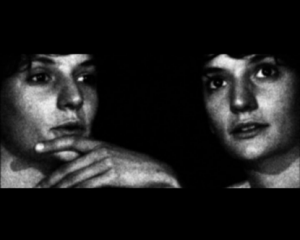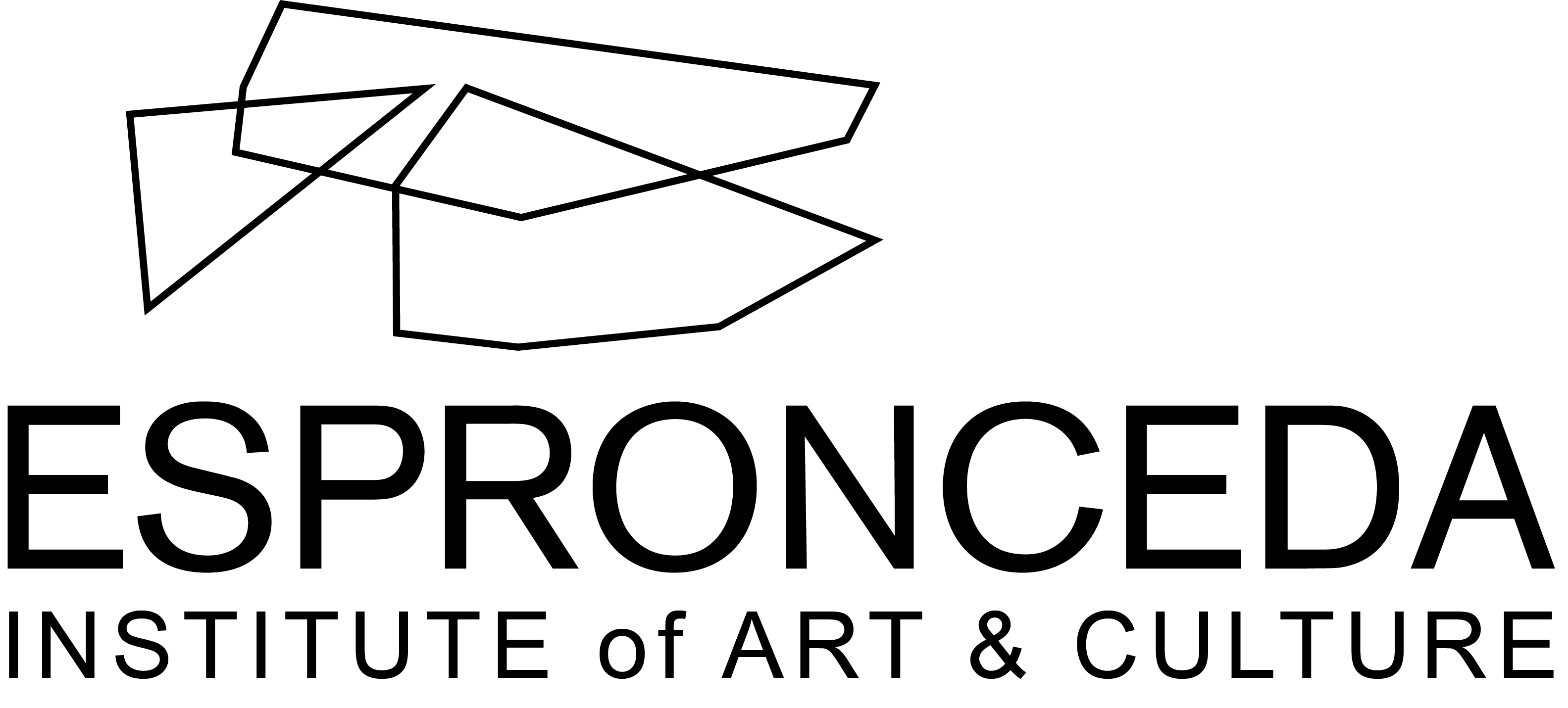
About the artist
<a title=”http://www.pascalframent.com/” href=”http://www.pascalframent.com/” target=”_blank”>www.pascalframent.com</a>
<p class=”p1″><span class=”s1″><strong>Pascal</strong> <strong>Frament</strong> was born in 1968 in <strong>Paris</strong>; he grew up in <strong>Meudon</strong>.</span></p>
<p class=”p1″><span class=”s1″>The relationship of <strong>Pascal</strong> <strong>Frament</strong> with the image and the image begins, as usual, by a viewer experience. Soon he is interested in capturing devices and image reproduction and sound.</span></p>
<p class=”p1″><span class=”s1″>The afternoon passed in the breath and the benevolent roar of the spraying machine of the local cinema are for him so many primal scenes. As later the practice of photo lab and the time of the appearance of the image in the tank.</span></p>
<p class=”p1″><span class=”s1″>In 1988 <strong>Pascal</strong> <strong>Frament</strong> entered the studio <strong>Clouet</strong> in <strong>Paris</strong>. The teaching of <strong>Christian</strong> and <strong>Marie</strong> <strong>Clouet</strong> is decisive. It provides an additional opening to scientific and technical direction of its cycle of secondary education.</span></p>
<p class=”p1″><span class=”s1″>Back from a trip in Orient, he entered the fine arts of <strong>Orleans</strong> and follows the <strong>Patrice Rollet</strong>’s course of cinema, then literary editor at <strong>Cahiers du Cinéma</strong>. In 1992 it is the discovering of the films of <strong>Mekas</strong>, <strong>Pelechian</strong>, <strong>Scorsese</strong>, <strong>Lynch</strong>, <strong>Antonioni</strong>…</span></p>
<p class=”p1″><span class=”s1″><strong>Pascal</strong> <strong>Frament</strong> then studied the plastic arts at the fine arts of <strong>Lyon</strong>, where he obtained his <strong>DNSEP</strong> graduation. He joined a postgraduate art and media section created by <strong>Jean-Luc Gervasoni</strong>, where he continued his research and experiments in video and film 16 and 35mm.</span></p>
<p class=”p1″><span class=”s1″>The music, perhaps even more than the image, became important for him. He develops electro-acoustic devices in collaboration with composer <strong>Jean-François Estager</strong> and the <strong>Grame</strong> (<em>National Center for Musical Creation of Lyon</em>).</span></p>
<p class=”p1″><span class=”s1″>In 1995 his work looks as much on the side of Marker’s cinema, <strong>Tarkovsky</strong> or <strong>Godard</strong>, that of the theory of <strong>Marshall McLuhan</strong>. He thus creates original media-technical systems that establish an intimate relationship with the viewer. Sometimes up to a physical engagement; thus, in an installation entitled <i>Immersion</i>, he tries to bring down the visitor in a dark box, filled with water and subjected under six surveillance submerged cameras.</span></p>
<p class=”p1″><span class=”s1″>Taking advantage of a scholarship,and a residence, he equips himself with one of the first lightweight digital video editing machines. It allows him to develop at any time sequences from image banks that he daily constitutes. It operates a turning point in his practice.</span></p>
<p class=”p1″><span class=”s1″>In 1999 he met the composer <strong>Laurent Saiet</strong> around the project <em>Tribute Cinephile 1</em>, then extending this technique to (re) mount to the films of twelve directors (<strong>Lynch</strong>, <strong>S. Ray</strong>, <strong>Scorsese</strong>, <strong>Cronenberg</strong> …)</span></p>
<p class=”p1″><span class=”s1″>In 2006, he exhibited the <strong>”Right here”</strong> environment, with composers <strong>Jean-luc d’Aléo</strong>, <strong>Jean-François Caget</strong> and <strong>Henri-Charles Estager</strong> at <strong>MAC</strong> of <em>Lyon</em>. This is a series of video installations, monumental projections and soundscapes, developing over 450 m2 .</span></p>
<p class=”p1″><span class=”s1″>Fascinated by the exploration of consciousness, cognitive disciplines and cosmology, <strong>Pascal</strong> <strong>Frament</strong> now seeks to explore the image on the borders of the visible invisible # 1, # 2, # 3.</span></p>
<p class=”p1″><span class=”s1″>He also realises and products intimates videos like the <i>Letter to Hervé</i>.</span></p>
